Volume 17
January - December, 2023
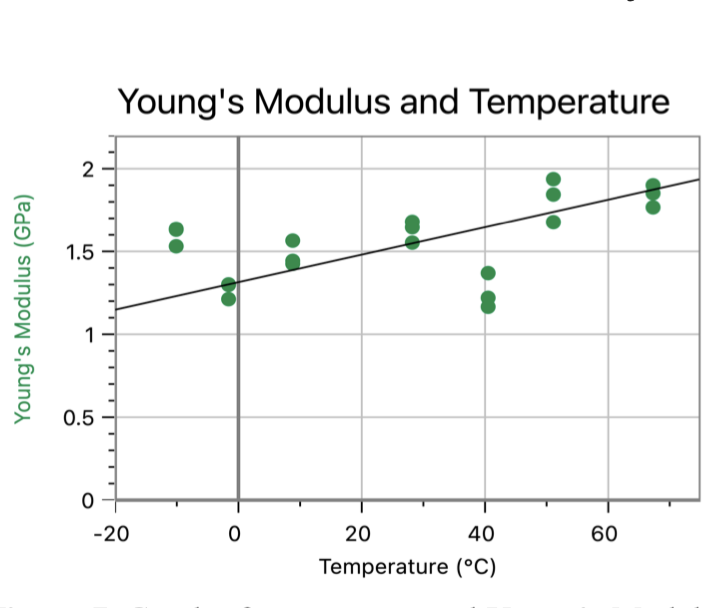
A wooden ukulele with nyltech strings was plucked at temperatures ranging from -10°C to 67°C and the frequency was recorded. The thermal expansion and the Young’s Modulus of the ukulele string was measured over the same range of temperatures. A theoretical model of the frequency of oscillation of a stretched string as a function of thermal expansion and Young’s Modulus was developed. The frequency predicted by the model was compared to the recorded frequency values, supporting the validity of the theoretical model.
The double-winged seeds of the Hopea odorata tree generate an auto-rotating motion from their elongated sepals as they fall. The flight dynamics of the seed were analyzed using high-speed video. Terminal velocity and spin frequency were measured as a function of changing seed mass. Both were shown to increase with increasing seed mass. It was also shown that lift force provided 60-85% of the retarding force generated during descent and that the coefficient of lift for the seed decreased from approximately 0.7 to 0.3 as spin frequency increased.
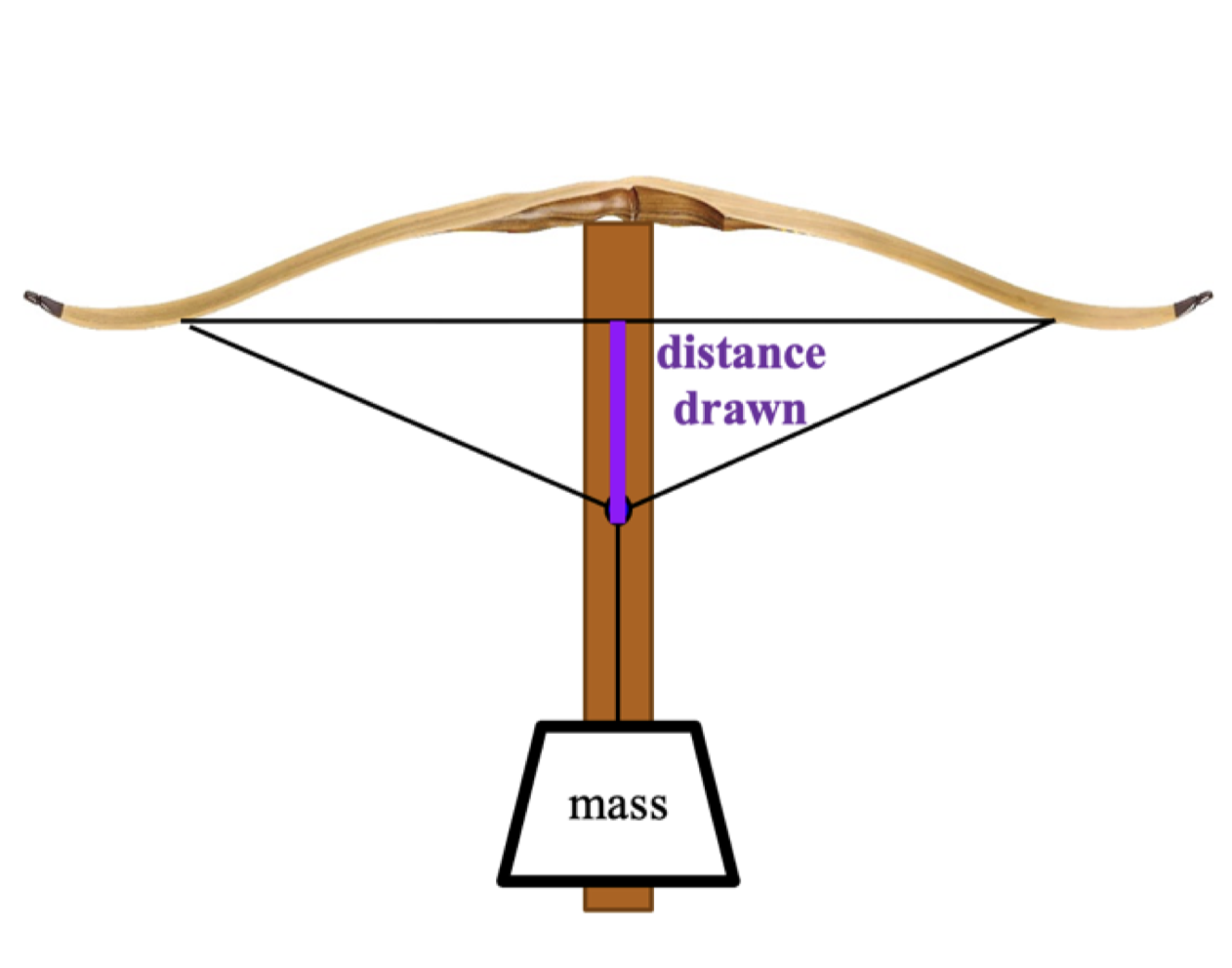
The shooting of a recurve bow was varied in two ways, changing draw distance and string length, to determine the relationship between work done in drawing the bowstring and the resulting kinetic energy of the arrow. It was shown that the kinetic energy of the arrow launched increases as the work on the string increases, with the efficiency decreasing as work increases, giving similar results to Allain’s investigation of a longbow.
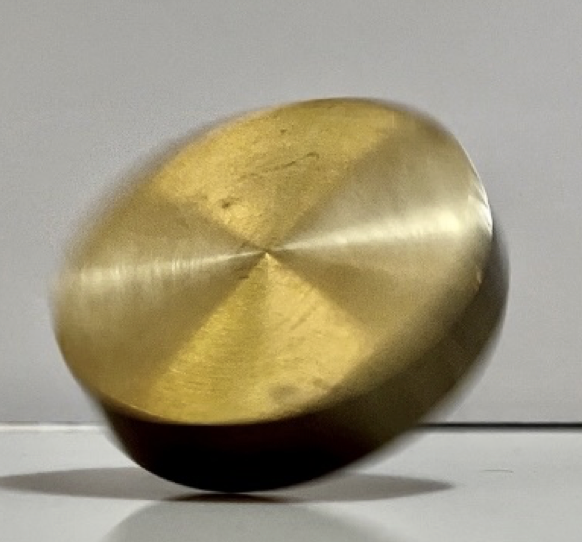
The relationship between the thickness of a spinning Euler’s Disc and its rotational period was investigated. The study tested Batista’s original theoretical model and aimed to include the effect of thickness on the relationship between time period and gyration angle. Five 50 mm diameter discs with thicknesses ranging from 5 to 25 mm were spun on a smooth granite surface, and recorded at 480 frames per second. The Tracker video analysis program was used to determine the average gyration angle and time period of rotation as a function of angle for each disc. It was found that the thickness of the disc does not have a significant impact on the period of the spinning disc for thicknesses up to the radius of the disc.
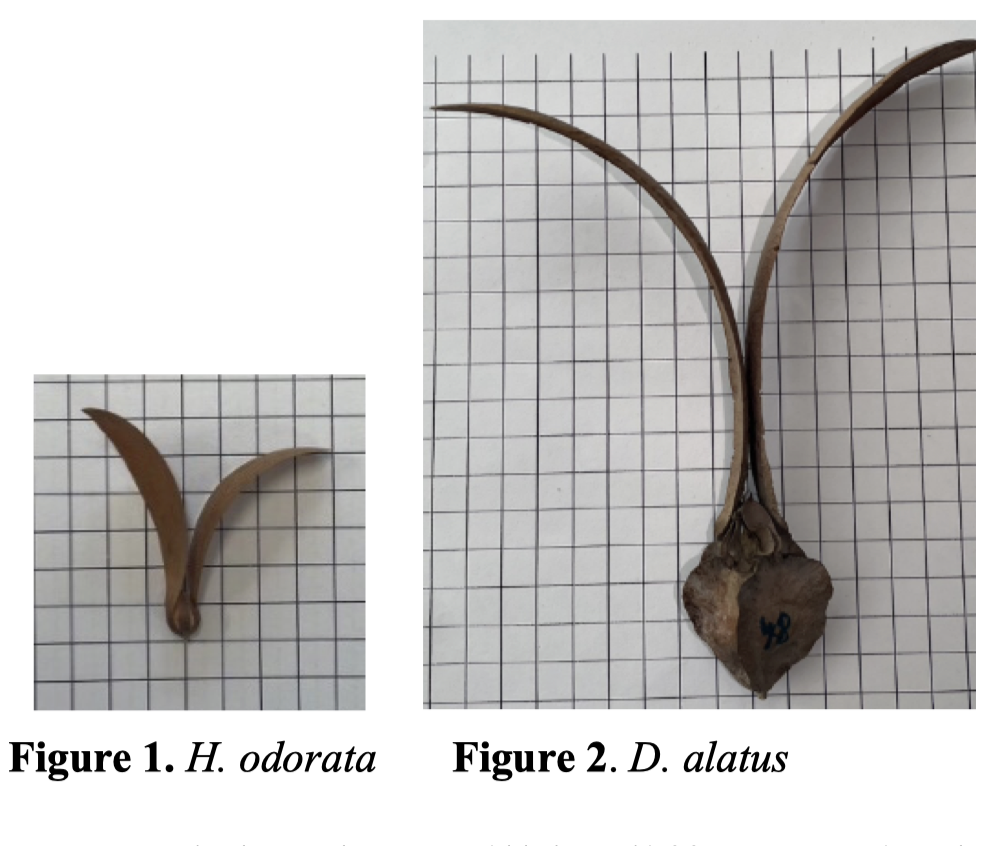
The relationship between atmospheric density and the aerodynamic behavior of two types of winged seeds, Hopea odorata and Dipterocarpus alatus, have been examined. The seeds were released in atmospheres of air, CO2, and He and video recorded at 250 fps for analysis. There was an inverse proportional relationship between the atmospheric density and terminal velocity squared for both seeds. However, for reasons that are not understood, the inverse of atmospheric density was proportional to the spin frequency squared for air and CO2, but not for He.
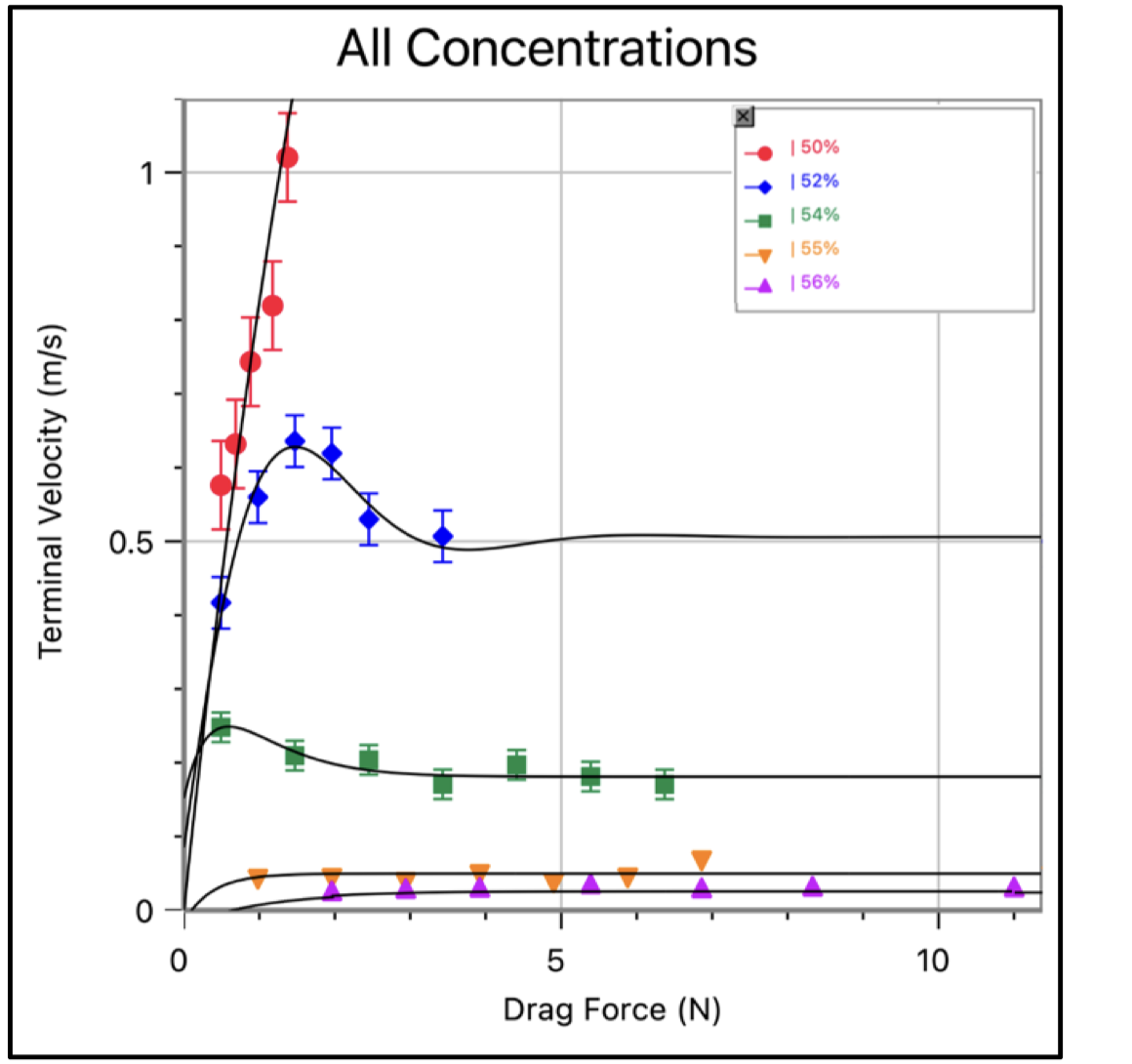
The effect of velocity on the drag force acting on a sphere moving through varying concentrations of oobleck, a suspension of cornstarch in water, was studied. A ball was pulled horizontally through the oobleck with different forces and the resulting velocity of the ball was measured. For the lowest concentration of oobleck tested, 50%, the drag force remained proportional to velocity, indicating that it acted like a Newtonian fluid. However, as concentration increased, the behavior deviated from this. For the higher concentrations, 54-56%, the velocity stayed constant no matter how great the force with which the ball was pulled through the oobleck, indicating that it had transitioned to a non-Newtonian fluid. It was also shown that drag force increases with increasing depth for the highest concentrations, likely due to the properties of the oobleck being sensitive to a small increase in pressure.

